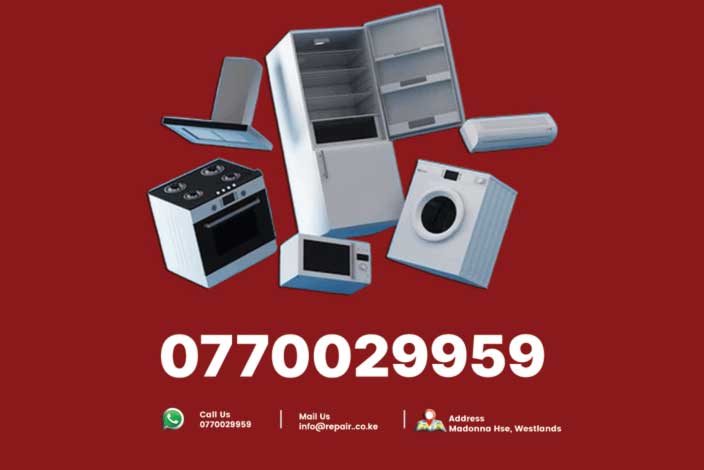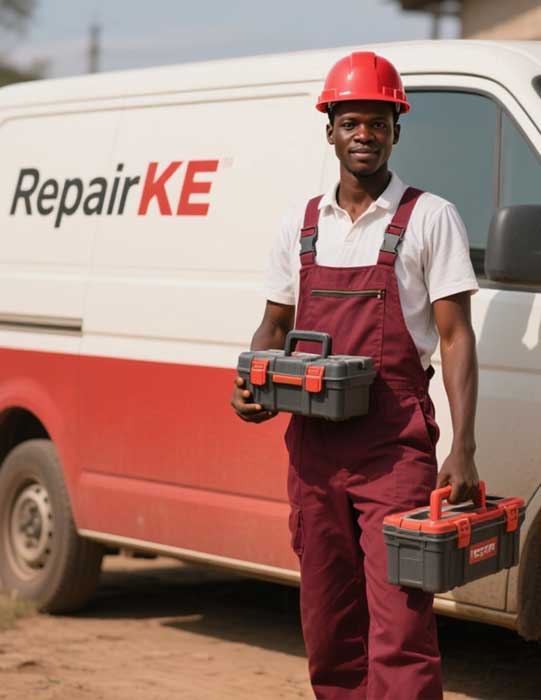Home Theatre Remote Control Repair Tips : Home theatre remote controls are essential for enjoying seamless entertainment, and with proper care, many common issues can be resolved without professional intervention. By following the repair tips outlined below, Nairobi residents can restore functionality to their remotes, saving time and money. For complex issues or when DIY efforts fall short, RepairKE offers expert repair services to ensure your home theatre system operates flawlessly. Contact us at Repair.co.ke or visit our Nairobi office for professional assistance.
In Nairobi, Kenya, home theatre systems are a popular choice for entertainment, transforming living rooms into immersive cinematic experiences. The remote control is the heart of these systems, allowing users to navigate menus, adjust audio, and control connected devices. However, remote control malfunctions—such as unresponsive buttons or connectivity issues—can disrupt this experience. RepairKE, a trusted appliance repair service provider in Nairobi, offers practical tips for troubleshooting and repairing home theatre remote controls. This article provides step-by-step guidance to help you address common problems and restore your remote’s functionality.
Common Home Theatre Remote Control Issues
Home theatre remotes, whether for systems like Sony, LG, Samsung, or Bose, can encounter various issues due to wear, environmental factors, or technical faults. Common problems include:
- Unresponsive Buttons: Buttons may fail to register inputs due to dirt, wear, or internal damage.
- Weak or No Signal: Infrared (IR) or Bluetooth connectivity issues prevent the remote from communicating with the system.
- Battery Problems: Corroded terminals or drained batteries cause erratic performance.
- Physical Damage: Drops or spills can damage circuits or the remote’s casing.
- Programming Errors: Incorrect settings or lost pairing disrupt functionality, especially for universal or smart remotes.
Understanding these issues is the first step toward effective repairs.
Repair Tips for Home Theatre Remote Controls
RepairKE recommends the following DIY repair tips to address common remote control problems. Always ensure the remote is disconnected from power (remove batteries) before attempting repairs.
1. Check and Replace Batteries
- Issue: Weak or dead batteries are a frequent cause of unresponsiveness.
- Solution: Remove batteries and inspect terminals for corrosion. Clean with a cotton swab dipped in vinegar or alcohol, then dry thoroughly. Insert fresh, high-quality batteries, ensuring correct polarity (+/-). Test the remote to confirm functionality.
2. Clean the Remote
- Issue: Dust, grime, or sticky residues on buttons or sensors can cause unresponsiveness.
- Solution: Open the remote by removing screws or gently prying apart the casing. Clean the keypad and circuit board with a soft cloth or cotton swab dipped in isopropyl alcohol (90% or higher). Avoid excessive moisture. Use a dry brush to remove debris from the IR sensor or Bluetooth antenna. Reassemble and test.
3. Inspect and Repair Buttons
- Issue: Worn or sticky buttons may fail to register inputs.
- Solution: After opening the remote, check the rubber keypad for wear or tears. Clean the conductive pads on the keypad and circuit board with alcohol. If pads are worn, apply conductive paint (available at electronics stores) to restore contact. For unresponsive buttons, ensure the keypad aligns properly with the circuit board contacts.
4. Test and Restore Connectivity
- Issue: IR or Bluetooth connectivity issues prevent signal transmission.
- Solution: For IR remotes, ensure the sensor window is clean and unobstructed. Test the IR signal by pointing the remote at a smartphone camera (in photo mode) and pressing a button; a visible light indicates the IR is working. For Bluetooth remotes, re-pair the remote with the home theatre system per the manufacturer’s instructions, typically by pressing a pairing button on both devices. Reset the remote by removing batteries for 10 minutes if pairing fails.
5. Address Physical Damage
- Issue: Cracked casings or liquid damage can impair functionality.
- Solution: For minor cracks, use epoxy glue to secure the casing. For liquid damage, disassemble the remote immediately, clean with isopropyl alcohol, and dry thoroughly for 24 hours. If the circuit board is severely damaged, professional repair or replacement may be necessary.
6. Reprogram or Reset
- Issue: Universal or smart remotes may lose programming or settings.
- Solution: Refer to the user manual to reprogram the remote for your home theatre system. For universal remotes, enter the correct device code (available online or in the manual). Perform a factory reset by pressing specific button combinations (e.g., holding “Power” and “Menu”) or removing batteries for an extended period, then reprogram as needed.
When to Seek Professional Help
While many issues can be resolved with these tips, complex problems—such as damaged circuit boards, persistent Bluetooth failures, or proprietary remote issues—require expert intervention. RepairKE offers:
- Advanced Diagnostics: Using specialized tools to identify internal faults.
- Circuit Board Repairs: Soldering or replacing damaged components.
- Genuine Parts: Sourcing authentic remotes or parts for brands like Sony or LG.
- Warranty: 3–6 month guarantees on repairs.
In Nairobi’s dusty and humid environment, regular cleaning and careful handling can prevent many issues. Store remotes in dry, dust-free areas and avoid exposing them to liquids.






